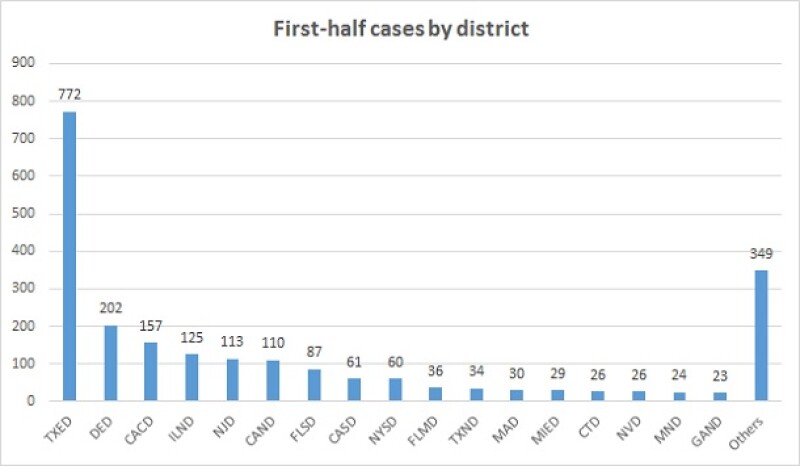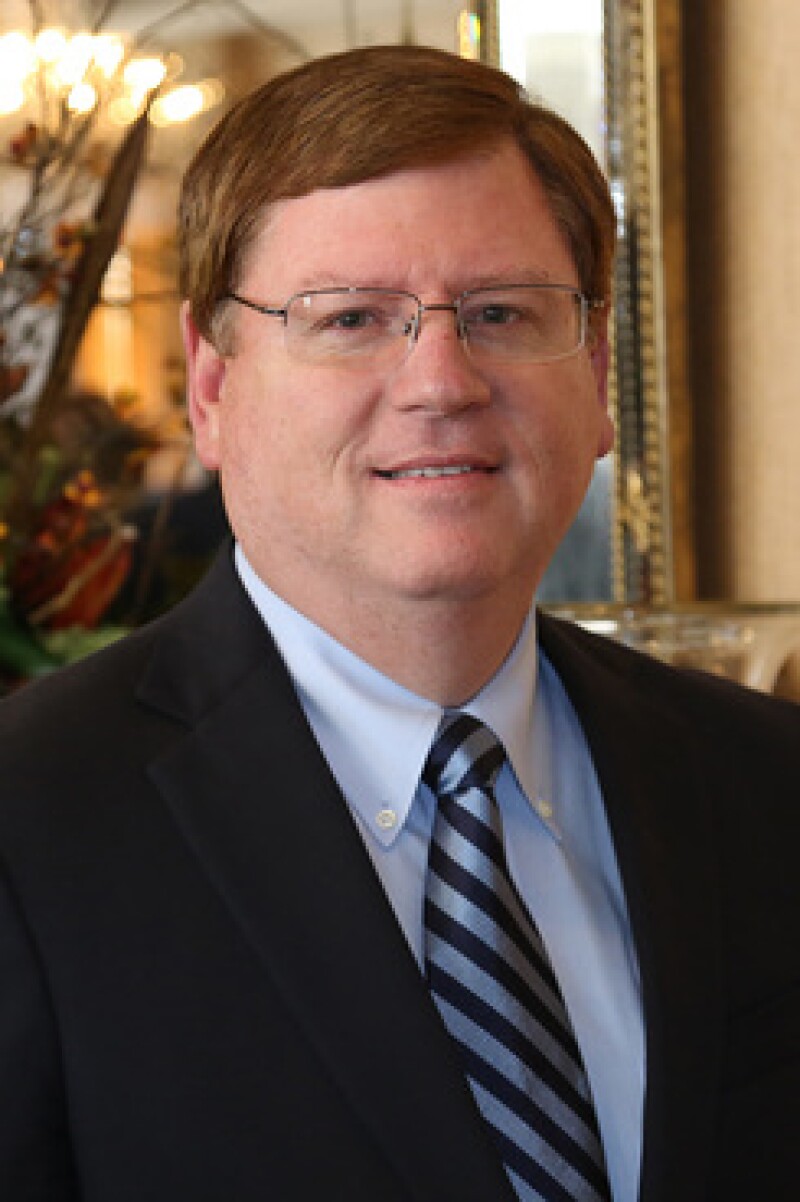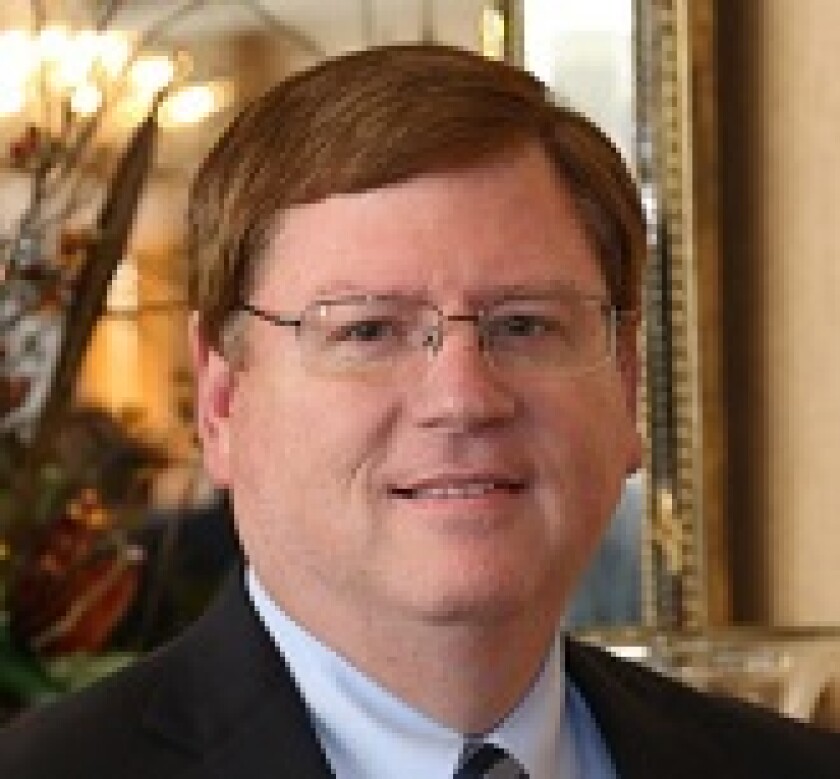Managing IP has just published an analysis of US district court litigation, revealing trends and the top plaintiffs, defendants and law firms. Subscribers and triallists can read it here.
2016 so far this year is down on last year. the 2,264 cases in the first half was down 15% on the 2,672 in the second half of 2015 and down 27% on the 3,098 cases in the first half of 2015.
One interesting finding is that the Eastern District of Texas has suffered a disproportional drop in litigation, although it remains by far the busiest district for patent litigation. In the first half of the year, 772 of the 2,264 total cases were filed in the Eastern District of Texas – or 34.1%. This compares with a figure of 44.2% of all new patent cases in the whole of 2015.

Michael Smith, partner in charge of the Marshall office of Siebman Burg Phillips & Smith, noted in a post on the EDTexweblog that the district is seeing the same "bounce back" in filings in the second quarter as other districts but the filing rate is still down about 40% on last year.
Smith noted that bulk filer cases are down, traditional patent case filings are up and there are fewer bulk filer cases than traditional cases.
"[M]ost notable of all is that the second quarter of 2016 marks the second consecutive quarter that 'high volume/bulk filer’ cases made up less than half of the patent filings in the EDTX," said Smith.
Filing by non-practicing entities – who largely favour the Eastern District – is down so far this year, and disproportionately so compared with operating companies.
The question is whether it will remain so. The number for the Eastern District of Texas was affected by the rush to file cases ahead of new Federal Rules of Civil Procedure that became effective in December last year. More than 800 cases were filed in November 2015 – by far the biggest month in recent times – and you can bet the majority of them were NPE suits in the Eastern District of Texas. So not only did this boost 2015’s figures, it will have served to suppress the district’s figures so far this year.
Beyond this, however, the Eastern District can expect the number of cases it sees to remain lower than it has seen in recent years. The district’s judges seem to be taking actions that suggest they expect fewer cases.
On his blog, Smith at Siebman Burg Phillips & Smith noted that earlier this month Chief Judge Clark issued a new case assignment general order that reflected Judge Schneider's departure from active duty in Tyler. This means that for the first time since at least 1947 Tyler has no active federal district judge. Smith said that the downtick in new patent filings gives the district’s other judges capacity to handle some additional Tyler work (although he did not include Judge Gilstrap – the nation’s busiest patent judge – in this!).
Smith also noted that with the decreasing number of cases, “some of the more ‘emergency’ procedures that local judges have adopted are going away as well”.

“For example, several months ago Judge Gilstrap discontinued the use of letter briefing for 101 motions, and more recently the ‘in person’ meet and confer requirement for discovery motions was removed from pending and newly-filed cases,” he said.
This month, Gilstrap (right) issued new docket control orders for patent cases that also discontinued letter briefing for other types of summary judgment motions in patent cases, and replaced them with requirement for submission of paper copies, with some electronic requirements as well, in the court's preferred format.
All of which is to say, while the number of cases filed in the Eastern District is still ridiculously higher than any other district, its share is falling for now. Maybe fewer operating companies will consider sponsoring ice rinks in Marshall as a result.










